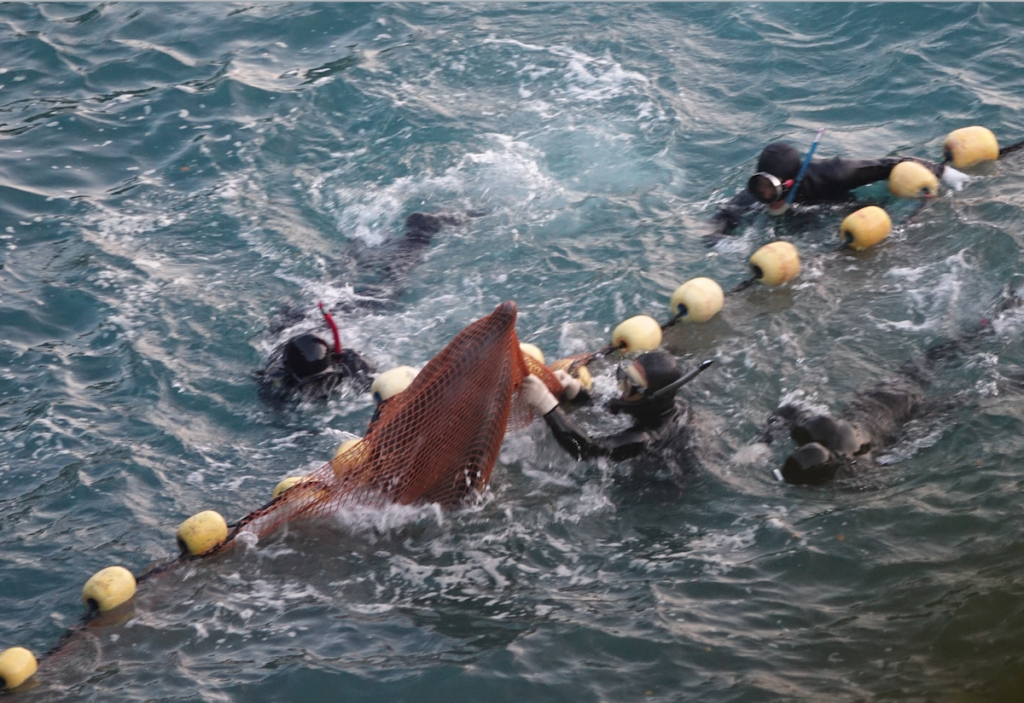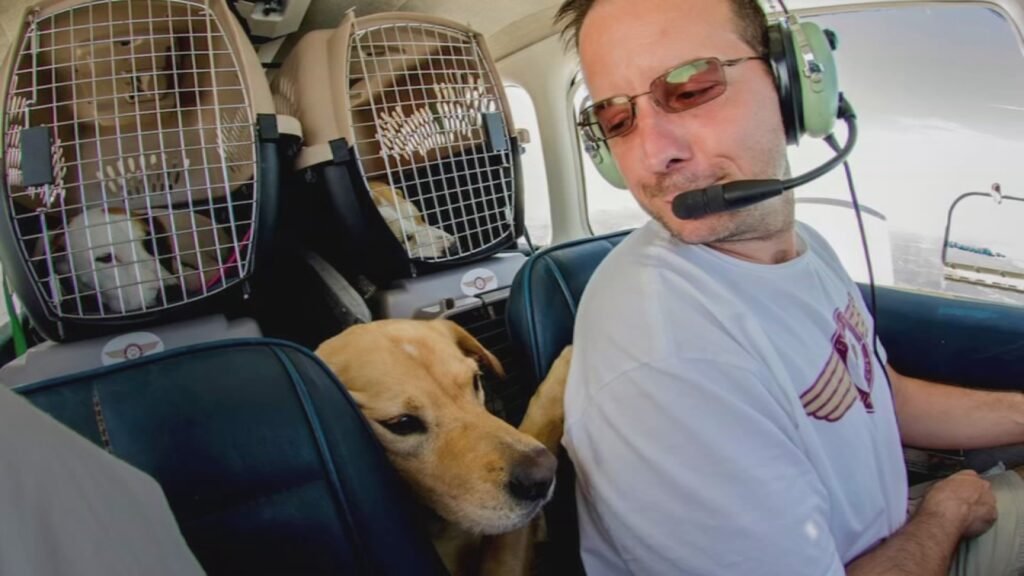The exploitation of animals for human entertainment—be it through captivity, live transport, or other forms of exploitation—raises profound ethical concerns and questions about our responsibility toward the natural world. Dolphins, in particular, have been at the heart of these debates, as their captivity and live transport for entertainment purposes highlight broader issues surrounding animal welfare and rights. This article explores why dolphin captivity and live animal transport are unethical and argues against the broader practice of using wildlife for human amusement.
The Ethical Implications of Dolphin Captivity: Dolphin captivity involves confining these highly intelligent, social marine mammals to artificial environments, such as aquariums and marine parks. This practice is fraught with ethical issues for several reasons:
- Inadequate Living Conditions: Dolphins in captivity are often housed in small, unnatural enclosures that fail to meet their complex physical and social needs. Unlike their expansive, dynamic natural habitats, these confined spaces restrict their movement and limit their ability to engage in natural behaviors.
- Social and Psychological Stress: Dolphins are social animals that thrive in complex social structures. In captivity, they are frequently isolated from their pod members and subjected to unnatural interactions with humans. This can lead to psychological distress, aggression, and a range of mental health issues.
- Exploitation for Profit: Captive dolphins are trained to perform in shows and interact with visitors, often subjected to coercive training techniques. This exploitation prioritizes entertainment and profit over the animals’ well-being, reducing sentient beings to mere spectacle.
The Problems with Live Animal Transport:
The live transport of dolphins and other wildlife from their natural habitats to captivity poses significant ethical and practical concerns:
- Stress and Trauma: The process of capturing, transporting, and acclimating wild animals to captivity is inherently stressful. Dolphins, for instance, are often captured using drive hunting techniques that cause immense fear and distress. The subsequent transport is a traumatic experience that can lead to physical and psychological harm.
- High Mortality Rates: The conditions during transport—often involving cramped, unsanitary, and inadequate facilities—contribute to high mortality rates. Many animals suffer from injuries, illness, or death as a result of the stressful and inhumane conditions.
- Disruption of Ecosystems: Removing dolphins and other wildlife from their natural habitats can have cascading effects on ecosystems. Disrupting social structures and populations impacts the ecological balance, affecting other species and the health of the environment.
The Broader Issue of Wildlife for Human Entertainment: The captivity and live transport of dolphins are part of a larger issue: the use of wildlife for human entertainment. This practice is problematic for several reasons:
- Ethical Concerns: Using animals for entertainment disregards their intrinsic value as sentient beings with their own needs and desires. It reduces their worth to that of commodities for human amusement, ignoring their rights and well-being.
- Misrepresentation of Wildlife: Entertainment venues often portray animals in ways that reinforce misconceptions and undermine conservation efforts. For instance, dolphins are often depicted as happy and playful, despite their suffering in captivity. This misrepresentation can hinder genuine conservation and education efforts.
- Impact on Conservation Efforts: The focus on exploiting wildlife for entertainment can divert resources and attention away from meaningful conservation work. It also perpetuates a cycle of exploitation, where the demand for captive animals encourages further capture and trade.
The captivity of dolphins, live animal transport, and the broader practice of exploiting wildlife for human entertainment are deeply unethical and harmful. These practices inflict unnecessary suffering on sentient beings and undermine their rights and well-being. It is essential to advocate for the end of such exploitation and to promote alternatives that prioritize animal welfare and conservation. By challenging these practices and supporting ethical approaches to wildlife, we can work toward a world where animals are respected and valued for their intrinsic worth, rather than being used for human amusement.
Each year, a controversial and harrowing practice takes place in Taiji, Japan, drawing global attention and sparking intense debates. The dolphin hunting season, which runs from September 1st through the end of February, involves the use of drive hunting techniques to herd dolphins towards shore, where they face either capture for live trade or slaughter. This practice, depicted in the 2010 Academy Award-winning documentary The Cove, continues to raise ethical and environmental concerns despite a decline in quotas and overall hunting activities since the film’s release.
Drive Hunt Techniques: The hunting season in Taiji involves a series of methodical and distressing techniques used to control and capture dolphins. Here’s a breakdown of the processes involved:
- Herding: Hunters utilize large metal poles and boats to create underwater noise that frightens and confuses dolphins. This noise drives the animals toward a designated cove, often resulting in a chaotic and frightening experience for the dolphins.
- Trapping: Once the dolphins are herded into the cove, hunters use nets to seal off the area. This trapping process can confine the dolphins for extended periods, sometimes overnight, increasing their stress and disorientation.
- Separation: Within the cove, dolphins are separated into different groups based on criteria such as age, size, and species. This step is crucial for determining the next course of action for each group.
- Selection: After separation, dolphins are evaluated for their suitability for either captivity or slaughter. Dolphins deemed appropriate for live trade are selected for sale to aquariums and marine parks, where they often face a lifetime in captivity. Those not chosen for captivity are slaughtered for their meat, which is sold in local markets.
- Slaughter: The slaughter process is both brutal and distressing. Dolphins are killed for their meat, which is used in various products, including traditional dishes. The method used often involves the use of a spear or sharp tools, resulting in a painful and prolonged death.
- Captivity: Dolphins chosen for live capture are transported to facilities around the world, where they are kept in captivity. The financial value of live dolphins is significantly higher compared to those slaughtered, making them a lucrative commodity for marine parks and aquariums.
Impact and Controversy: The dolphin hunting practices in Taiji have been the subject of intense scrutiny and condemnation from animal rights organizations and environmentalists. The Cove, directed by Louie Psihoyos, brought global awareness to the issue by documenting the inhumane conditions and practices associated with the hunts. The film’s impact led to widespread protests and calls for change, but despite these efforts, the practice continues to some extent.
Since the release of The Cove, there have been some positive developments. The number of dolphins captured and killed has diminished due to stricter regulations and international pressure. However, the practice has not been entirely eradicated, and challenges remain in enforcing and monitoring these regulations effectively.
The dolphin hunting season in Taiji remains a deeply controversial and distressing topic. While progress has been made in reducing the scale of the hunts, the continued existence of this practice highlights the ongoing struggle between traditional practices, economic interests, and animal welfare. As global awareness and activism continue, the hope is that further advancements will lead to the eventual end of this inhumane practice and the protection of these intelligent and sentient marine animals.
2024 Dolphin Drive Hunt Season in Taiji: A Critical Review and Ongoing Efforts
The dolphin drive hunt season in Taiji, Japan, is an annual event that has drawn significant international attention and controversy. The 2023/24 season, which ran from September 1, 2023, to February 29, 2024, continued the contentious practice of capturing and killing dolphins. However, this year saw a notable decrease in the number of dolphins killed or captured, marking a shift in trends. This article explores the details of the season, the implications of the reduced numbers, and the ongoing efforts of organizations like the Dolphin Project to address and eventually end these practices.
Details of the 2023/24 Dolphin Drive Hunt Season:
- Chasing Dolphins into the Cove: Fishermen used traditional drive hunting techniques to herd dolphins towards a secluded cove. This method involves creating loud noises and using boats to force dolphins into the cove, where they become trapped.
- Keeping Dolphins Behind Nets: Once inside the cove, the dolphins were confined behind nets, often remaining in this confined space for extended periods. This practice increases stress and limits the animals’ ability to swim freely.
- Slaying Dolphins for Meat: Some dolphins were slaughtered for their meat, which is sold in local markets. The killing process is both brutal and controversial, drawing criticism from animal rights groups.
- Capturing Dolphins for Captivity: Fourteen bottlenose dolphins were selected for live capture. These dolphins were removed from their natural environment and sold to aquariums and marine parks, where they face a lifetime of captivity.
- Herding Dolphins Back into the Sea: In a departure from previous practices, some dolphins were herded back into the sea rather than being captured or killed. This action reflects a partial shift in practices but does not eliminate the overall ethical concerns associated with the hunts.
Trends and Observations: The 2023/24 season saw fewer dolphins killed or captured compared to previous years. According to the Dolphin Project, this marks the lowest number of kills and captures since they began monitoring the hunts. This decline is viewed as a positive development, indicating a potential shift in the effectiveness of international pressure and advocacy efforts. The Dolphin Project has highlighted this trend as evidence of the inhumane and unrealistic quotas set by the Japan Fisheries Agency, which authorizes and regulates the hunts.
Role of the Japan Fisheries Agency: The Japan Fisheries Agency plays a crucial role in the drive hunts by setting quotas and authorizing a small group of fishermen to conduct these operations. The quotas dictate the number of dolphins that can be captured or killed each season. The primary driving force behind the hunts is profit from the live trade of dolphins to aquariums and marine parks. This financial incentive perpetuates the cycle of capture and exploitation, despite growing international condemnation.
Efforts of the Dolphin Project: Since 2003, the Dolphin Project has been a leading voice in documenting and combating the dolphin hunts in Taiji. They maintain a consistent ground presence in Taiji, where they document and livestream the hunts to raise global awareness. In addition to their on-the-ground efforts, the Dolphin Project collaborates with local Japanese activists to support and amplify their cause.
The organization is also actively involved in legal efforts, funding lawsuits in Japanese courts to challenge and potentially halt the dolphin hunts. Their work is crucial in keeping international attention focused on the issue and pushing for legislative and policy changes.
The 2023/24 dolphin drive hunt season in Taiji reflects a complex and evolving situation. While the decrease in the number of dolphins killed or captured is a positive sign, the practice continues to be driven by profit and regulated by quotas set by the Japan Fisheries Agency. The efforts of organizations like the Dolphin Project, which include on-the-ground monitoring, legal action, and international advocacy, are essential in challenging these practices and working towards a future where dolphins are protected from such exploitation. As global awareness and activism continue, the hope is for a complete cessation of these inhumane practices and a shift toward genuine conservation and respect for wildlife.


